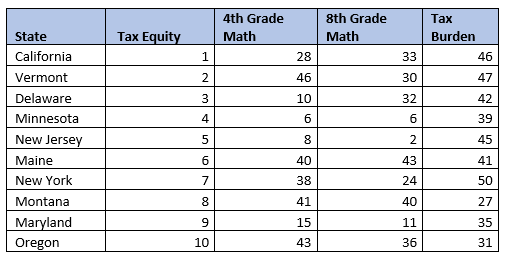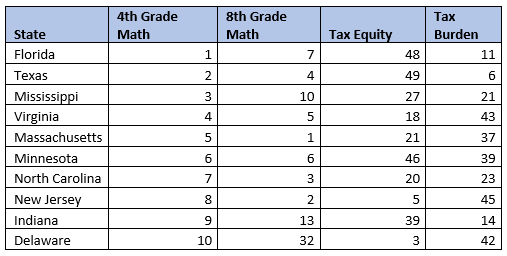
A new report from the Florida Policy Institute takes aim at the Florida Tax Credit Scholarship, which from its inception in 2001 has aimed to expand educational opportunities for children of families with limited financial resources to enable those children to achieve a greater level of excellence in their education.
The author of “Silent Spending, Florida’s Shadow Budget Needs Greater Scrutiny,” wants to improve tax equity and increase government revenue by eliminating up to $23 billion in “tax expenditures,” including the scholarship.
But “tax expenditures,” or what the report calls “silent spending,” isn’t government spending at all. It’s simply an accounting of revenue not collected by government through tax credits, tax deductions and tax exemptions.
Tax credits targeted by the Florida Policy Institute include the Florida Tax Credit, which last year provided scholarships to 86,726 low- and middle-income students, 73% of whom are non-white.
“The question remains as to whether revenue that would otherwise be used for general public purposes ought to finance private school education,” writes the author.
Set aside the fact that the question is largely settled: Scholarship opponents have been defeated in court three times in the last decade; the scholarship has been in law for 21 years; and the program has provided more than 1 million scholarships to low- and middle-income students, most of whom are children of color.
Contrary to Florida Policy Institute’s assertion, the Florida Tax Credit Scholarship does provide “a general public purpose,” that being the education of students. Whether that education occurs in a private school or a public one, the benefit to the general public (an educated populace) remains the same.
Furthermore, while the elimination of the FTC would increase government revenues, it would also cost the state double what it gained. This year, scholarships average between $7,250 and $7,850, depending on the student’s grade and county of residence. Florida’s local school districts spend more than double that per pupil from all revenue sources.
The institute makes the case that eliminating these tax expenditures would increase government revenue and allow government to spend the additional revenue improving the public good.
“It is uncertain if sacrificing $23.6 billion leads to more socially desirable outcomes than simply collecting the forgone amount and financing better-quality public schools, safe and affordable housing, reliable transportation infrastructure, clean water and energy and robust safety,” the report states.
However, it is equally uncertain that eliminating these “tax expenditures” would improve anything.
High tax equity appears to have no relation to educational outcomes as measured by the National Assessment of Education progress. Using the Urban Institute’s educational rankings, which adjust for race and income to provide an apples-to-apples comparison across states, we see that high equity states don’t necessarily come with strong education systems.

They do, however, tend to come with high tax burdens as measured by the Tax Foundation. Tax equity may lead to lower-income taxpayers paying less as a percentage of their total income relative to higher earners, but it doesn’t mean their total tax burden is less. In fact, it may be higher.
Worse still, you may end up paying higher taxes for lower quality services. See California, Vermont and New York in the chart above. In contrast, Florida ranks 48th in Tax Equity but has a relatively low overall tax burden for taxpayers.
Meanwhile, Florida ranks first in fourth-grade math and seventh in eighth-grade math on the National Assessment of Educational Progress. Texas too, scores poorly on tax equity, but places sixth for lowest tax burden and second in fourth-grade math and fourth in eighth-grade math.

If you were a low-income parent of color, would you rather live in Florida, with lower tax equity but higher educational outcomes for your child, or California, with higher tax equity but lower educational outcomes and a potentially higher tax burden?
The scholarship program has a more than two-decade history of educating the least-privileged and most-struggling students in the state. More than a decade’s worth of research has shown that scholarship students, despite their challenges, keep pace with the educational attainment of all students nationwide.
Additional research by the Urban Institute shows that scholarship students were up to 99% more likely to attend college and up to 45% more likely to earn a bachelor’s degree than their public school counterparts.
While there are tax credits, deductions and exemptions that should get additional scrutiny as to whether they are unfair or fail to provide public benefits, the Florida Tax Credit Scholarship is not one of them.


